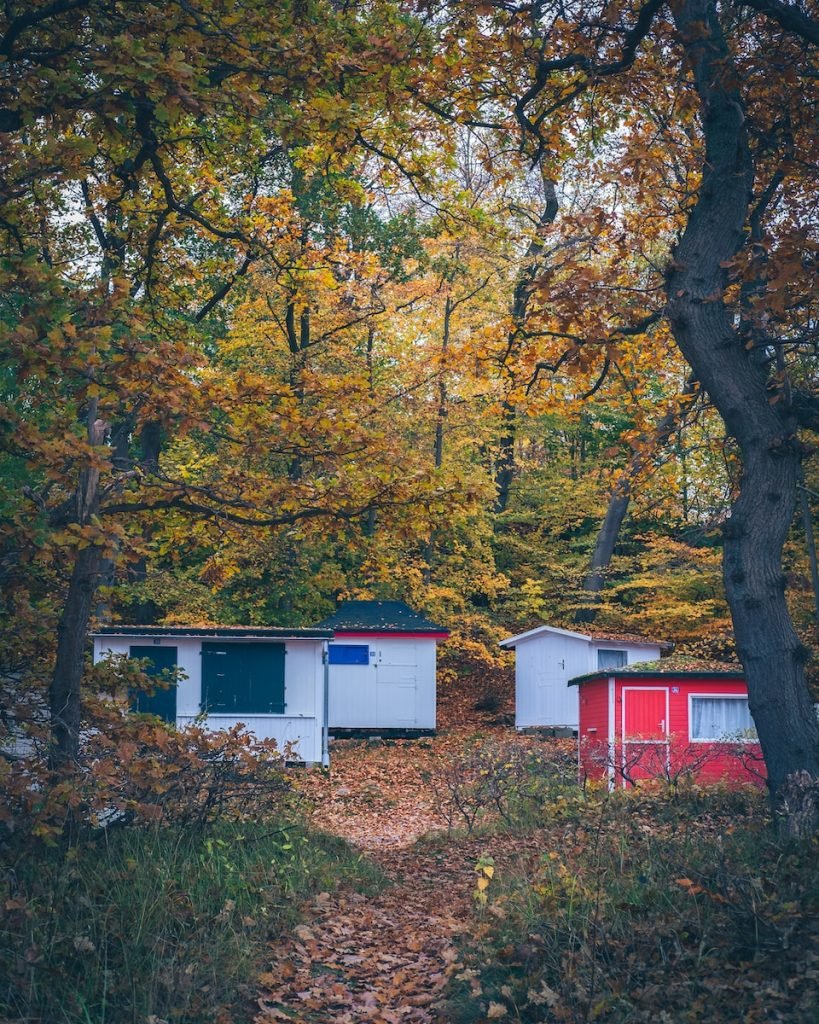
photo by Michael Held
According to the U.S. Department of Housing and Urban Development (HUD), the U.S. has an estimated 152,585 individuals experiencing chronic homelessness, a definition established by HUD as being homeless and having a disability for at least one year. The National Conference of State Legislatures reports that each year, approximately 4.2 million young people in the United States experience some form of homelessness, with about 700,000 being unaccompanied minors.Interested to create housing for people without homes?
7
Steps to create an intentional community serving a subgroup without homes
- Live or work at a shelter if you have the opportunity. Alternately, having someone on your team who has worked closely with or has experienced homelessness could save you from a lot of mistakes.
- You will likely be most effective if you identify a specific subgroup whose unique needs you can address, such as mildly mentally ill, veterans with PTSD, victims of trafficking with substance abuse issues that disqualify them from domestic violence shelters, or former foster care children who have aged out. Add to your leadership team or advisory board someone who has worked in a related non-profit and is familiar with the challenges of those serving and served.
- Use ICmatch.org to build up your core leadership team and other values-aligned volunteers who might work on site in exchange for room and board. Some of these might be former members of your served population.
- Create your business plan and grant proposals. To be eligible for more grants, you might team up with a university and non-profits that work with the population or issues you are interested in.
- Plan for the physical location of the intentional community to be close to existing services related to or needed by the population served. Consider unconventional options such as repurposing a motel property that’s up for sale. Research how to start a tiny house community for the homeless. Etc!
- See the resources section below for suggestions related to funding for underserved populations.
- Meet regularly as a team to make sure each member feels supported with their responsibilities. As those you serve are helped to level up, some of them may become your best team members or advocates.
Examples
- Community First! Village was founded by Alan Graham. He states, “housing alone will never solve homelessness, but community will.” He spearheaded a homeless community with to 370 residents in RVs and tiny homes outside Austin, Texas. It has central bathrooms and kitchens, with mini-homes, some that function as bedrooms only. He recommends developing in a county without building codes or neighbors, because even if political allies want homeless shelters, existing housing developments will consistently prevent homeless shelters near them. See the 44-minute video about the community.
- Opportunity Village in Eugene Oregon is a transitional tiny home village that includes 30 units for those who would otherwise be homeless.
- Other Side Village, currently in planning stage in Utah, will offer sliding-scale rent to homeless.
- Delancey Street Foundation is a residential self-help organization for substance abusers or ex-convicts, and that trains and employs people without homes.
Consultants for Homeless Shelters
ICmatch can connect you with consultants who have deep experience in projects and living environments that thrive on close, sustained cooperation. These professionals are experts at guiding others through the unique opportunities and challenges of communal living.
The consultants listed below have subscribed to be featured on this page. For even more consultants with interest and expertise in this type of community, visit the consultants page linked in the header.
Members Interested in Homelessness
ICmatch can connect you with communitarians who have similar interests and values. The members listed below have subscribed to be featured on this page. For even more members with interest in this type of community, visit the Match for Free page linked in the header.
Resources
Grant-funding: Recent mental health care reforms in the U.S. promise to provide funding for treatment facilities. Small facilities targeting select groups could successfully begin treating vulnerable populations as daytime and/or residential care. Your best chance at funding will be more local funding sources. Seek funds from a government organization responsible for housing, at the same time as non-profits and government mental health organizations. Funders often prefer to donate to projects that have additional backers.
Grants for Potentially Vulnerable Populations
- Grants for homeless youth, listed by location (available to non-profits mainly)
- Grants for homeless youth, listed by grant frequency (available to non-profits mainly)
- Grants for homeless populations in the U.S.
- Grants for addicted populations in the U.S.
Information on Serving Vulnerable Populations
The Village Collaborative: A map of projects and people interested in tiny homes villages for homeless people.
Needs-based housing and social safety nets: More resources listed.
Social justice work: Inspiration and important perspectives for caregivers and the helping professions.
